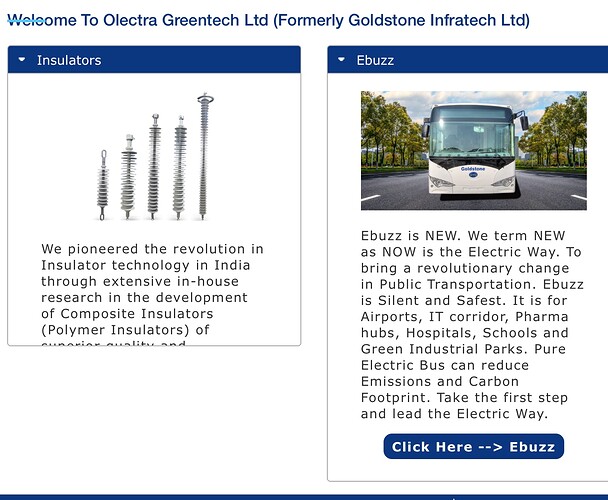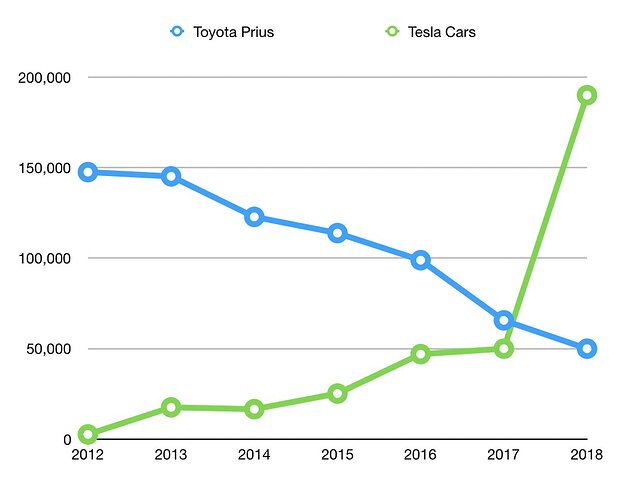All Charged Up About Lithium-ion
Govt is looking for lithium assets abroad to fulfil the promise of all-EV mobility by 2030
Prashant Mukherjee
In 1848, when James W Marshall struck gold in Sutter’s Mill in Coloma, California, what followed was an influx of 300,000 settlers from the rest of the US and abroad. Nearly two centuries later, the world has set its eyes on three South American nations — Argentina, Bolivia, and Chile — that are arousing curiosity for huge reserves of a silvery-white chemical element that can change the future of urban mobility.
While the settlers in California were ready to kill for gold, lithium today has spawned a battle of sorts among countries.
India, which aspires to entirely migrate to electric vehicles (EVs) by 2030, is one of them.
It doesn’t produce lithium-ion batteries for EVs and is solely dependent on costly imports — spending $635 million between April-September of FY19 alone.
Mines secretary Anil Gopishankar Mukim tells ET Prime, “We do not import ore. However, we import lithium-ion batteries, as we do not have the capacity to extract lithium.” The country is now crafting a strategy to overcome its relatively weak beginning in battery manufacturing. It has set up a joint venture of state-owned companies, led by the National Aluminium Company (Nalco), and includes Hindustan Copper and Mineral Exploration Corporation (MECL) to hunt for the rare resource overseas.
The world has proven lithium reserves of around 100 million tonnes. However, during 2017, the total global production of lithium was only about 43,000 tonnes, mostly due to the time-consuming extraction process.
DIGGING ABROAD
Kabil, the joint venture that the government has set up, is aggressively scouting for lithium assets abroad amid stiff competition from China and the US.
“Lithium assets in Bolivia, Peru, Argentina, and Australia are in [the] evaluation [stage]. The landed price in India will be competitive. Due to high domestic demand, India soon will be a stronger contender,” says Tapan Kumar Chand, managing director, Nalco.
According to Mukim, Kabil has been set up, but the proposal is with the government thinktank Niti Aayog for official approval. “Once it is done, we will send it to the Cabinet for approval. The government is keen if any private party shows interest.” he says.
Over a dozen companies, ranging from auto-component manufacturers to power- and energy-solutions providers, including Exide, Amara Raja Batteries, and Trinity Energy Systems, have rolled out plans to make lithium-ion batteries locally to ride the green-vehicles wave in the country.
LOCAL MANUFACTURING
Every kilowatt hour (kWh) of lithium-ion battery costs as much as $1,000-$1,500. Tesla uses about 100kWh batteries. However, prices have come down significantly and it is estimated that within a year’s time, they would be hovering around $250 per kWh.
According to Benchmark Minerals, a consulting agency, lithium hydroxide in China goes for around $24,750 a tonne, while the midpoint price of battery-grade lithium carbonate has fallen to $22,000 a tonne. Spodumene, a lithium containing minerals of industrial value, has been trading at $1,800 a tonne throughout 2018.
Domestic manufacturing can bring this down further.
According to industry experts, the country’s domestic market for EV batteries alone could be worth as much as $300 billion by 2030. Since the battery accounts for about one-third of the price of an EV, bringing down battery costs by rapidly scaling production and standardising battery components could be a key goal for the country’s automotive sector and its drive towards clean fuel.
As domestic battery-manufacturing capabilities mature, and supply chains are established, India will also have the opportunity to produce both battery cells and packs, while restricting imports to only the cathode or its raw materials from mineral-rich regions.
According to a recent study by the Niti Aayog, if India makes both cells and packs and imports only cathodes (depending on the technology used), it stands to capture nearly 80% of the total economic opportunity that EVs offer, which translates into ₹9.3 lakh crore to ₹13.7 lakh crore.
CUTTING THE CRUDE IMPORT BILL
If India manages to acquire lithium assets and bring the metal at a competitive price, it would also deliver economic and social benefits from lower oil imports, better public health, and integration of renewable energy supplies into the electric grid.
This will also have a positive impact on the country’s balance of trade.
Even though India’s electric mobility policies are likely to necessitate significant imports of batteries and their components or raw materials as the country scales up its manufacturing capacity, the resultant fall in oil-import costs is likely to more than offset the cost of these imports.
Concluding its study, the Niti Aayog notes that India could save nearly ₹4 lakh crore-₹5 lakh crore if it imports lithium rather than oil.





